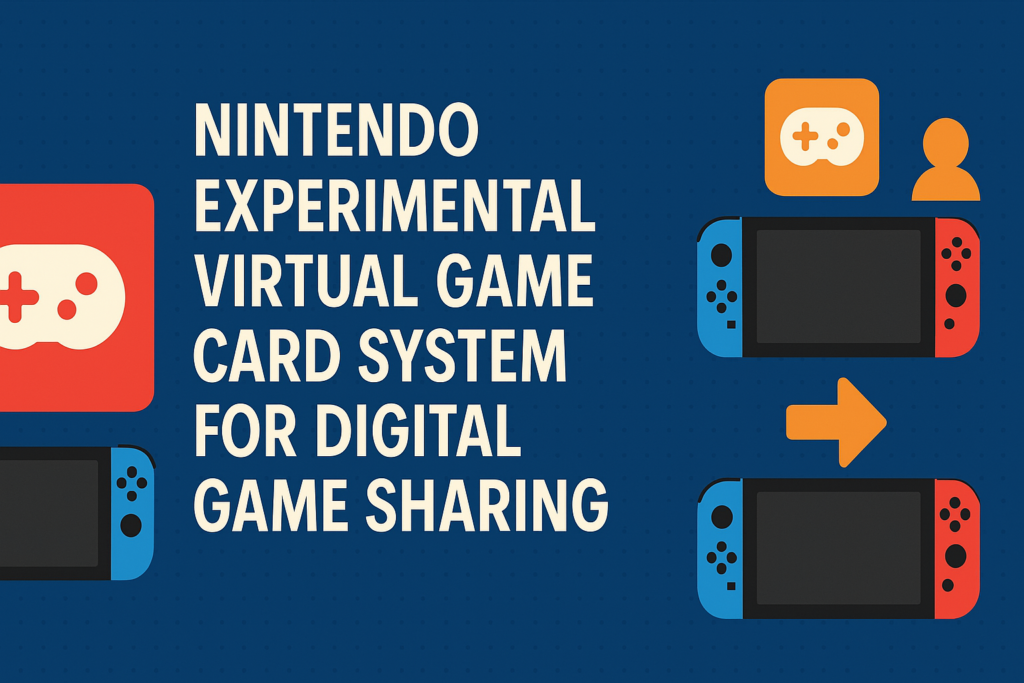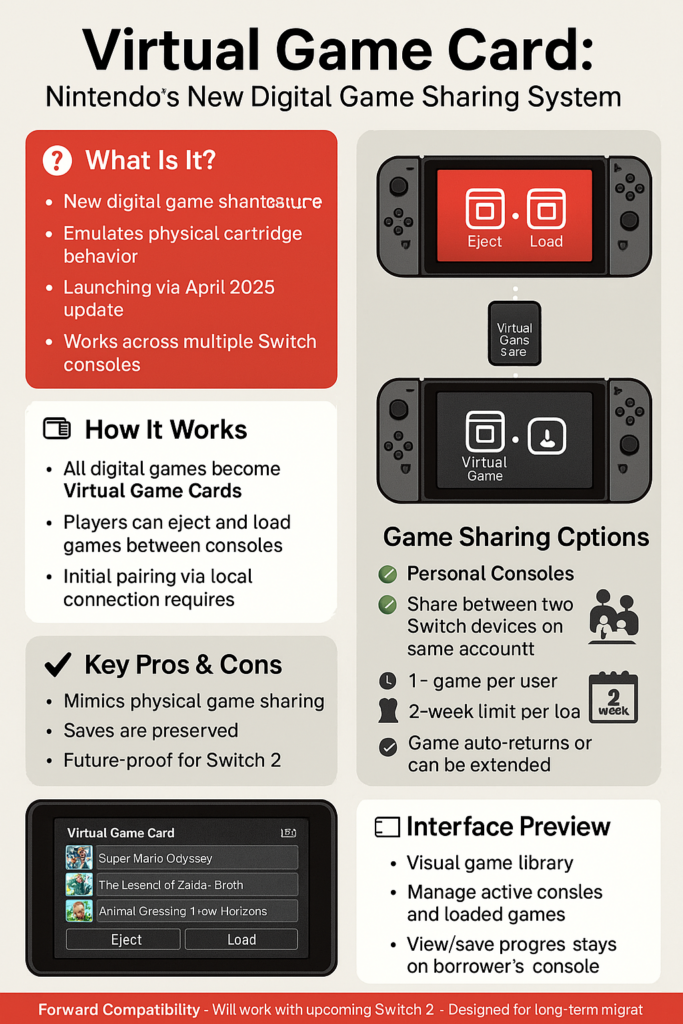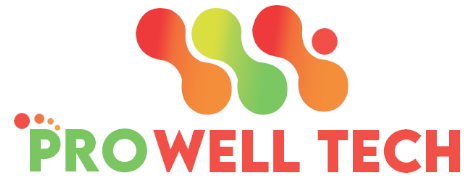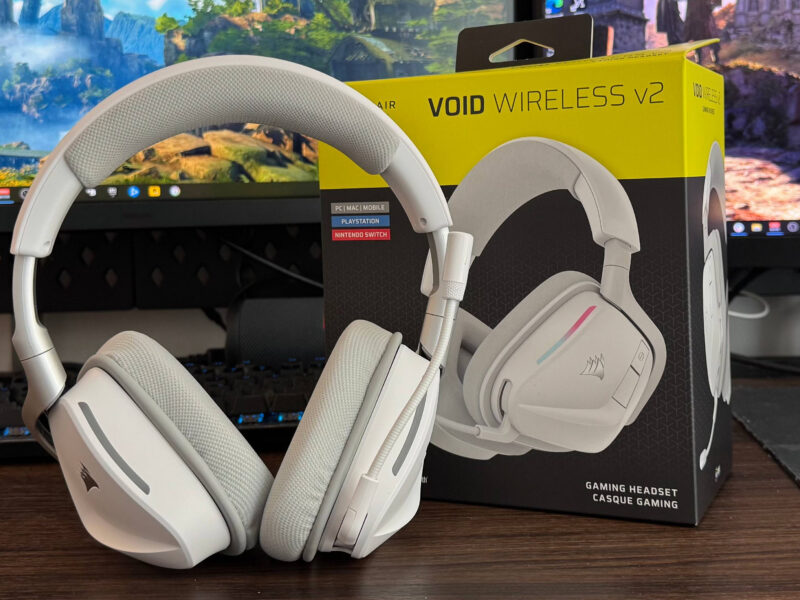Contents
- 1 Nintendo Experimental Virtual Game Card System for Digital Game Sharing
- 2 What You Should Know About Game Cards in Virtual Form
- 3 Digital Management Interface
- 4 Sharing Between Your Own Consoles
- 5 Limitations on Play as Multiple Consoles
- 6 Family Sharing Features
- 7 Cost-Wise Family Lending Process and Restrictions
- 8 Technical Requirements and Limitations
- 9 Local Connection Requirements
- 10 Switch 2 Compatibility & Future-Proof Design
- 11 Stand out to customers compared to other platforms
- 12 Community Reception
- 13 Positive Reception Points
- 14 When it came to digital ownership on Nintendo platforms
Nintendo Experimental Virtual Game Card System for Digital Game Sharing
Nintendo’s new feature would introduce concurrent digital game sharing across Switch consoles. Unexpectedly, the new “Virtual Game Card” system was announced at Nintendo Direct in March 2025, which we hope will make digital games as versatile and portable as a [physical cartridge].
The platform represents an exciting new direction for digital rights management that will enable Switch owners to share their libraries of digital titles with friends and family in a fashion that resembles the age-old practice of handing over a physical game card to another player. Set to roll out later this month via a system update, Nintendo is giving fans new methods to manage and share their digital purchases later this year.
What You Should Know About Game Cards in Virtual Form
Nintendo devised the Virtual Game Card system (comparable to tabs on a web page) as a creative workaround for how digital games work, envisioning digital purchases as physical items that could be transported across devices. Once it goes live, all digital game purchases — new or existing — will then be transposed into virtual game cards, which can be managed via a dedicated interface on the Switch console. These virtual cards act just like physical cartridges, except they are not physical cards.
The key here is that digital games should share the same shareability as physical media. This serves them in the physical library concept by creating a virtual representation of ownership and bridging this gap between the physical and virtual libraries, allowing users to “eject” their games from one console and “load” it onto another. This provides the single-copy constraint of traditional game ownership, but adds flexibility in where and how games are played.

Digital Management Interface
It will have the familiar game card slot found in standard storage devices like SD cards, and a proprietary management screen for organizing their games, much like loading and ejecting their virtual game cards as well. This interface will be the main hub for managing which games are available on which consoles. Because the management system provides a visual representation of your digital library, it makes it much easier to see which games are currently available on which devices, and it simplifies the process of moving titles between consoles.
Sharing Between Your Own Consoles
Virtual Game Cards allow users to share games across two Switch consoles with the same Nintendo account. This is very helpful for households with multiple Switch devices or people who own both a standard Switch and a Switch Lite. The process works by “ejecting” a digital game from one console and “loading” it onto another, simulating the physical experience of pulling a cartridge from one system and sliding it into another.
At least for the initial setup, however, both Switch consoles need be in phone range of each other in order to pair. This one-time requirement would ensure secure authentication when separate devices are connected. Originally, once this pairing has been made, users will then have more filters available on the extended library through either system without keeping the consoles physically nearby.
Limitations on Play as Multiple Consoles
Crucially, it appears that Nintendo is limiting the number of secondary consoles that can access a user’s digital library, which depends on the specific details of the announced plan. This description has many guys afraid that a user or the user family with more than two Switch systems will be limited in their ability to distribute their digital purchases if game sharing is enabled between “up to two systems.” Since its launch 3 years ago, Nintendo has kept a tight leash on their digital store and its contents, as evidenced by their very limited range of pricing options that reflects a delicate balance between providing more flexibility for developers while still maintaining control over the means of digital distribution.
Family Sharing Features
Nintendo has also extended the Virtual Game Card system to include lending options for family members beyond personal console sharing. Nintendo Switch “family group” account holders will be allowed to lend digital games to other users on their account. This presents new opportunities for families to share their digital libraries among multiple users without needing to buy multiple copies of the same game.
Cost-Wise Family Lending Process and Restrictions
When lending, the console must be in the same room as the other (also a Nintendo console) via a local wireless connection, so it appears Nintendo are really all about the sharing being in-house instead of remotely. Once set up, the borrowing system is limited to one game per family member for two weeks at a time. After this loan period expires the game automatically returns to its original owner unless the loan is manually extended.
This time constraint differs from physical game sharing, wherein loans can last indefinitely. However, it creates a framework that keeps people from being able to distribute digital titles permanently but still offers a shareable experience. One interesting feature of this system is that the saved data remains on the borrower’s hardware, allowing the player to resume where they left off if they decide to rent the game again or purchase their own copy in the future.
Technical Requirements and Limitations
As I said in the video, the Virtual Game Card system introduces some newfound flexibility but introduces a bunch of new technical requirements and limitations that dictate how people can share their digital libraries. There is a minimal requirement for online use; most notably during loading and ejecting you will need to be online to re-confirm ownership and re-update digital rights information. Once a game is downloaded, a console doesn’t require the player to authenticate again to play the game offline, much like how physical cartridges work.
Another major limitation is that the system cannot play simultaneously. If a digital game is ejected from one console and loaded onto another, the original console loses access to that title. This restriction follows the one-copy-one-player model that is traditional to physical media, so it prevents two people playing the same purchased game at the same time.
Local Connection Requirements
The need for a local connection in the initial setup limits how much you’d be able to share with friends or family members who live far away. Subsequent transfers need not be done in close physical proximity to one another, but the first pairing does, which may not be practical for a geographically distant population. This restriction seems designed to prevent the formation of online sharing groups that would otherwise disrupt game sales.
Switch 2 Compatibility & Future-Proof Design
According to Nintendo, the Virtual Game Card system seen on Switch will be forward-compatible with the forthcoming Nintendo Switch 2 console. This suggests this feature is being designed with future applications in mind, which may help make it easier for users to transition to the new hardware. That system may help to close the generational divide, letting players carry their digital libraries to whatever the next console may be.
This announcement comes just ahead of a April 2nd dedicated Switch 2 Direct, and suggests the Virtual Game Card system could be a key piece of Nintendo’s plans for the system. With its tentative rollout of this feature ahead of the Switch 2 release, Nintendo seems to be setting the stage for a more interconnected ecosystem between its existing devices and whatever is coming next.
Stand out to customers compared to other platforms
Nintendo’s digital game-sharing system is quite different than what Microsoft and Sony employ on their respective systems. For years, both Xbox and PlayStation have had more streamlined sharing features, with fewer general restrictions on simultaneous play between shared accounts. These systems normally employ a primary console designation scheme, which lets games be played on multiple devices at once under certain conditions.
The Virtual Game Card system is a typically Nintendo solution: complex yet conservative, with conservatively enforced restrictions that preserve traditional ideas of games ownership. While it has to offer new utility, it doesn’t adopt the full digital sharing features of rival networks. Rather, it replicates physical lending practices in a digital framework, along with all the limitations of physical media.
Community Reception
While the gaming community’s initial reaction to the announcement of the Virtual Game Card has been mixed, A game sharing feature is something many agree needs to be taken further due to the potential for digital ownership rights issues, and that makes it all the more welcomed, as it appears that those longtime requests have finally been seen to by Nintendo. The ability to share games among family members has been especially popular, particularly among families with multiple Switch consoles.
But some have also called the system needlessly complicated relative to sharing solutions on other platforms. “A local connection requirement, limited to two weeks, and no ability to play simultaneously have led to complaints from users who are used to more flexible options for sharing between friends. Other users that already share games on linked accounts are worried that the new system may in fact limit functionalities that they already enjoy.
Positive Reception Points
Proponents of the new system note several positives:
If you have played a physical version of the game, you are welcome to play the digital version, too, which mimics the familiar experience of sharing cartridges.
Save data stays with the borrower, retaining game progress
Once set up, no ongoing online checks are needed
It seamlessly supports both current and future Nintendo hardware
Critical Response Elements
What critics see as shortcomings — and find problematic — are numerous:
Pairing of Bluetooth devices requires local connection, which restricts sharing
A two-week time limit on family loans may not seem adequate for longer games
The limitation that each family member can have one game at a time prevents library sharing
Compared with its rivals, the system seems more complex than it needs to be.

When it came to digital ownership on Nintendo platforms
The Virtual Game Card system from Nintendo marks a major evolution of the company’s approach to digital rights management and game sharing. Nintendo has designed a system that is brimming with potential for the future by treating digital titles as virtual cartridges once again, capable of transferring between systems. “This system still honors Nintendo’s long history of software sales rest on the identity of the system for which it was purchased, but offers greater flexibility in legal sharing situations.”
With its April launch fast approaching, there are still many questions about how the system will work in practice and whether Nintendo will expand its capabilities over time. A new Switch 2 Direct could also shed more light on just how Virtual Game Cards will play with the new hardware and whether the system will pack in any new features that haven’t been revealed yet.
And while it can’t compete with the sharing conveniences offered by other systems, for Nintendo fans used to the drawbacks of digital ownership, the Virtual Game Card system will at least come as a meaningful improvement. With the gaming ownership dispute still very much discussable in the entertainment industry, the direction Nintendo seems to take with their digital platform might be an interesting opportunity to balance traditional gaming principles with the modern demand of flexibility as far as a digital library goes.


